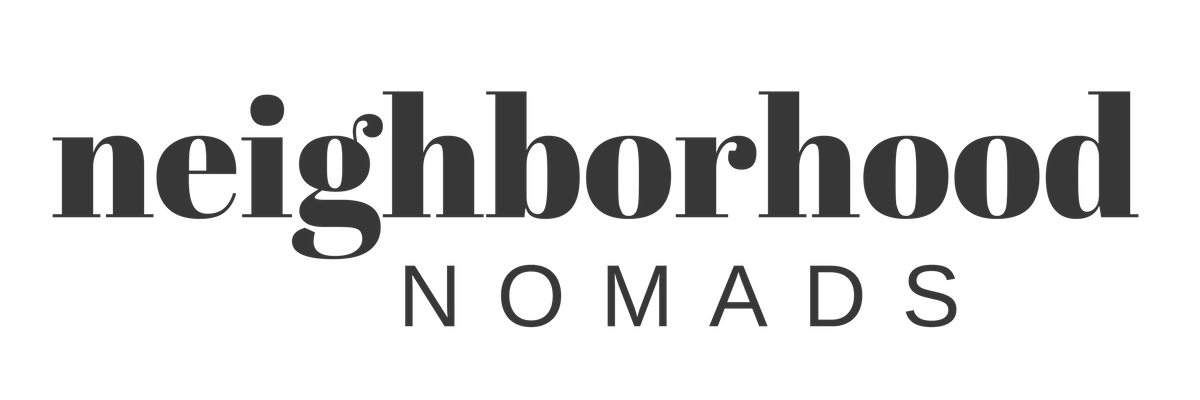Jane Jacobs in the Age of Twitter
July 11, 2011, Washington, DC: More on the origins of this project: Roots of this project are evident in an undergraduate course I took at Columbia University, called The History of the City of New York. Best class I ever took. In that class, professor Ken Jackson, an expert in urban development and the effects of suburbanization, had us plowing through the writings of Jane Jacobs and Robert Moses, powerhouses who helped shape the ways we think about city growth. We considered ways in which the streets and the sidewalks and the highways throughout the city impacted our lives. In that class, we learned about our surroundings by getting out: Weekends were spent fulfilling course requirements on walking tours. The class culminated in an an overnight bike ride through New York City led by Prof. Jackson himself.
It was during that course that the writings of Jane Jacobs began to stick with me -- so much so that I'm still thinking them over. What would Jane Jacobs make of these places we live today, of neighborhood transformations like those on Washington, D.C.'s H St. or the southeast waterfront? Are the evolutions of these places measuring up to her standards for well-functioning city neighborhoods? And what would Jane Jacobs think of all the time we now spend in our virtual world instead of our physical one? What would Jane Jacobs -- an observer so big on the concept of "eyes on the street" -- make of how we interact (and often don't interact) in the age of Twitter?
In her 1961 book, The Death and Life of Great American Cities, Jacobs explained how more eyeballs meant safer streets, how casual, public contacts could be just as important as deeply private friendships. She wrote:
"The trust of a city street is formed over time from many, many little public sidewalk contacts. It grows out of people stopping by at the bar for a beer, getting advice from the grocer and giving advice to the newsstand man, comparing opinions with other customers at the bakery and nodding hello to the two boys drinking pop on the stoop, eying the girls while waiting to be called for dinner, admonishing the children, hearing about a job from the hardware man and borrowing a dollar from the druggist, admiring the new babies and sympathizing over the way a coat faded...Most of it is ostensibly utterly trivial but the sum is not trivial at all."
It makes me wonder what Jane Jacobs would think today if she saw us crossing the street preoccupied by our iPhones and distracted by our earbuds drowning out the sounds of the neighborhood. Even if we are checking in Four Square. Even if we are posting 'what we're doing' on Facebook and Twitter. What would she make of the fact that we're keeping up with our friends 3,000 miles away and we've never even met our neighbors?
My first thought is that she'd yell at us to look up and give a simple nod to our neighbor.
Or maybe this woman ahead of her time would be more okay with the virtual world than I think. Maybe she'd be thrilled we're so connected to one another. Maybe she'd be applauding and/or inventing location-based apps that would encourage us to further connect to our community.
Would Jane Jacobs tweet about the happy hour special down the block?

